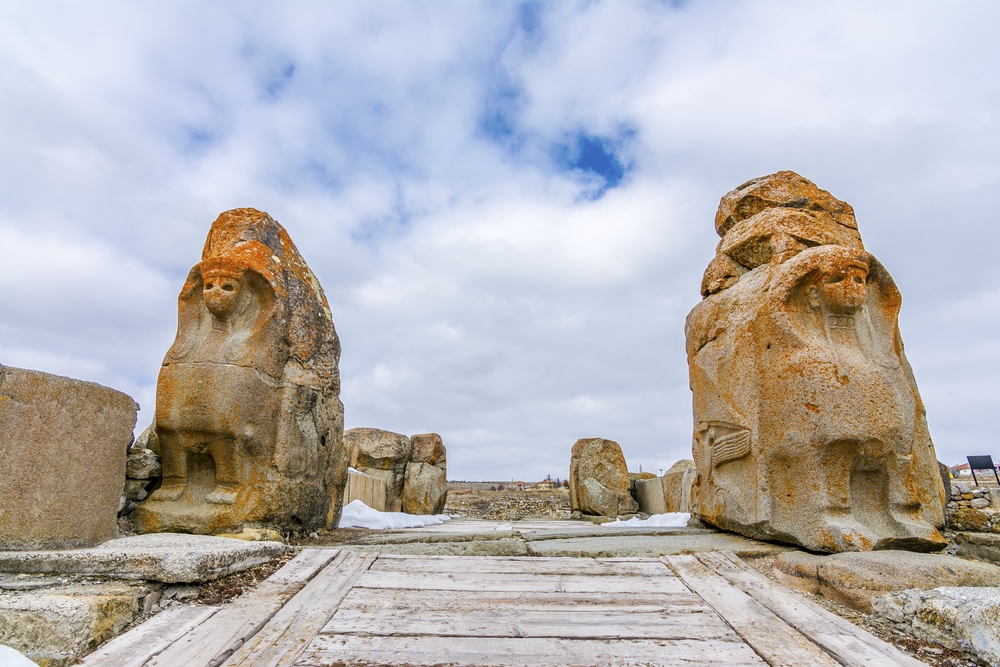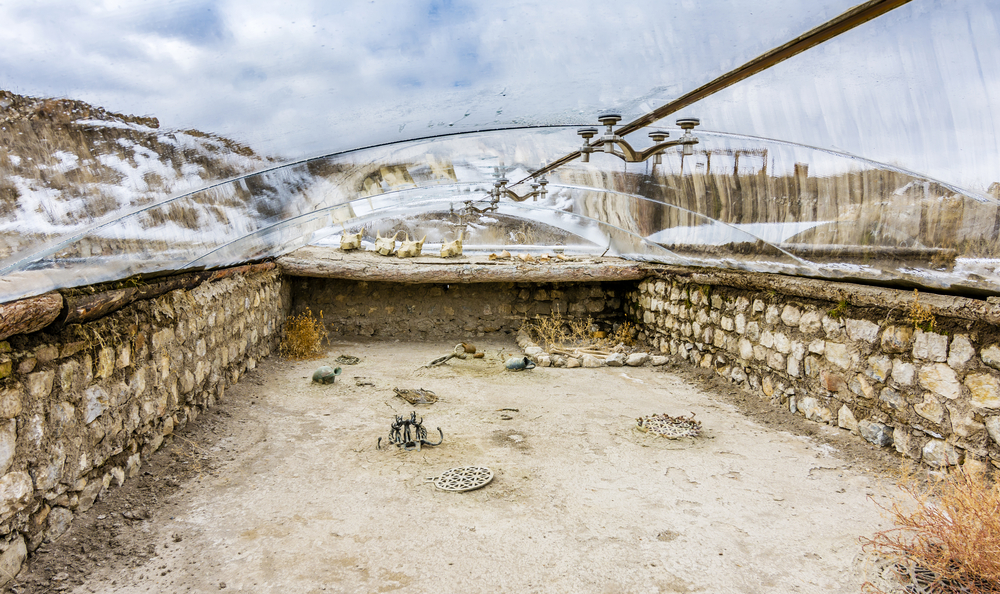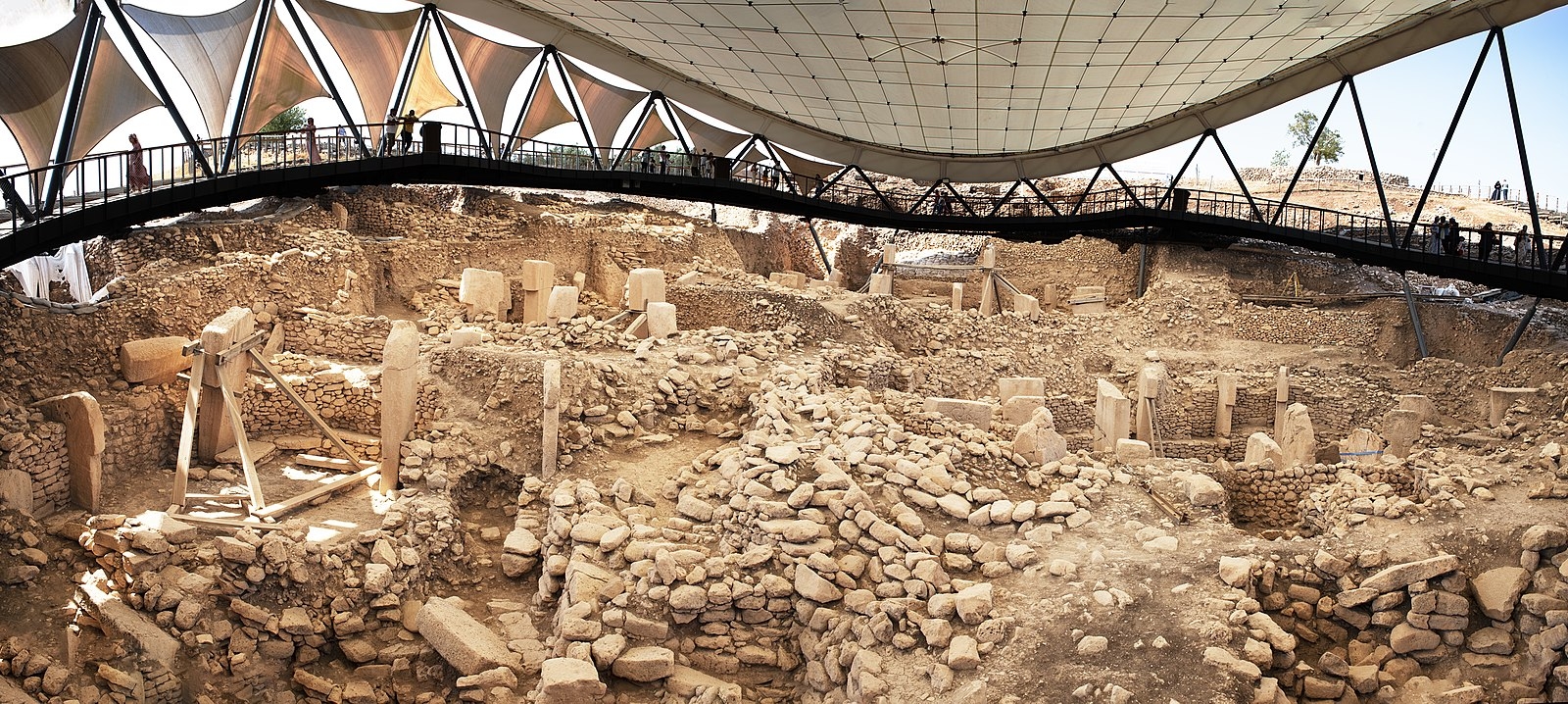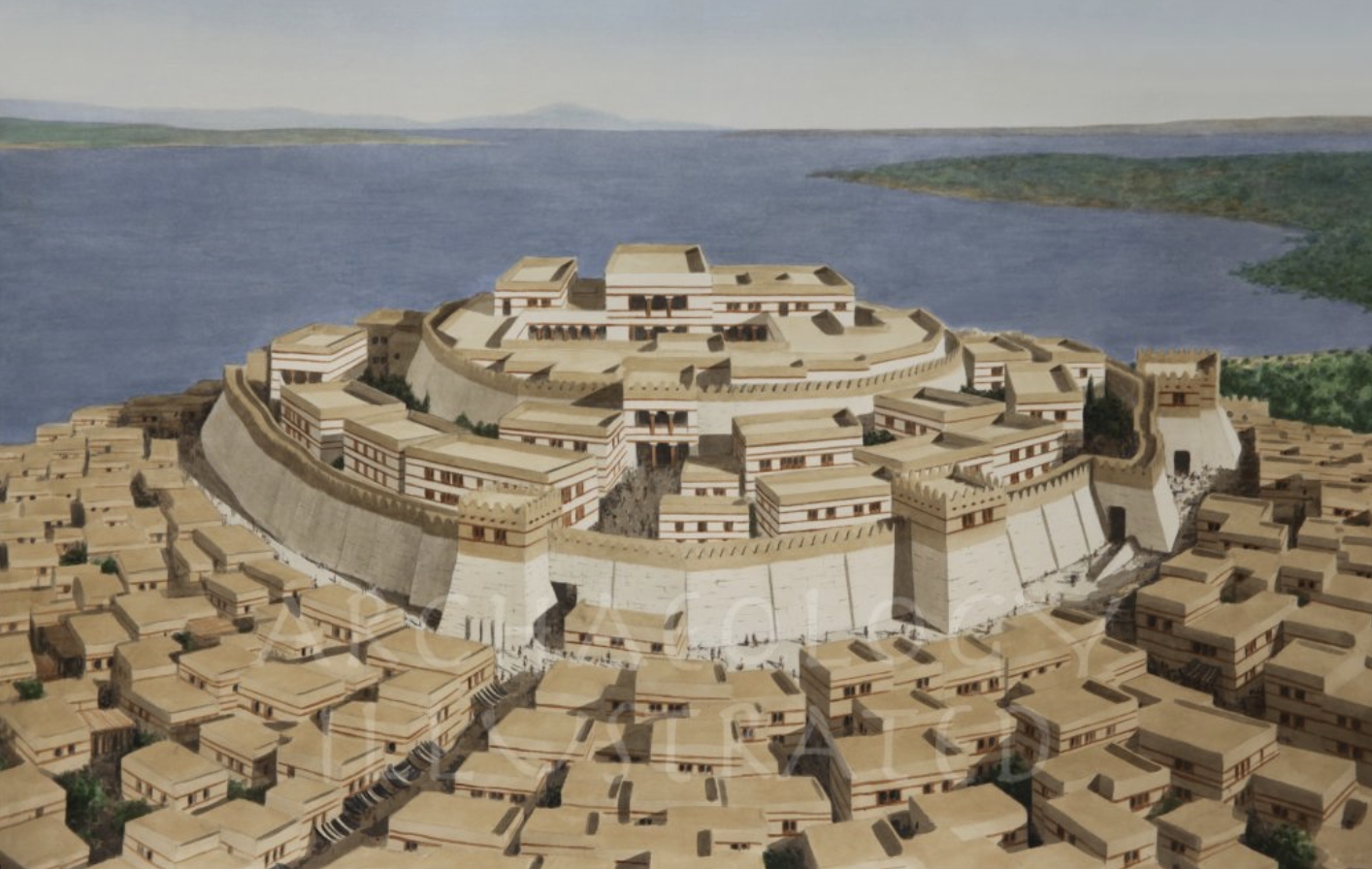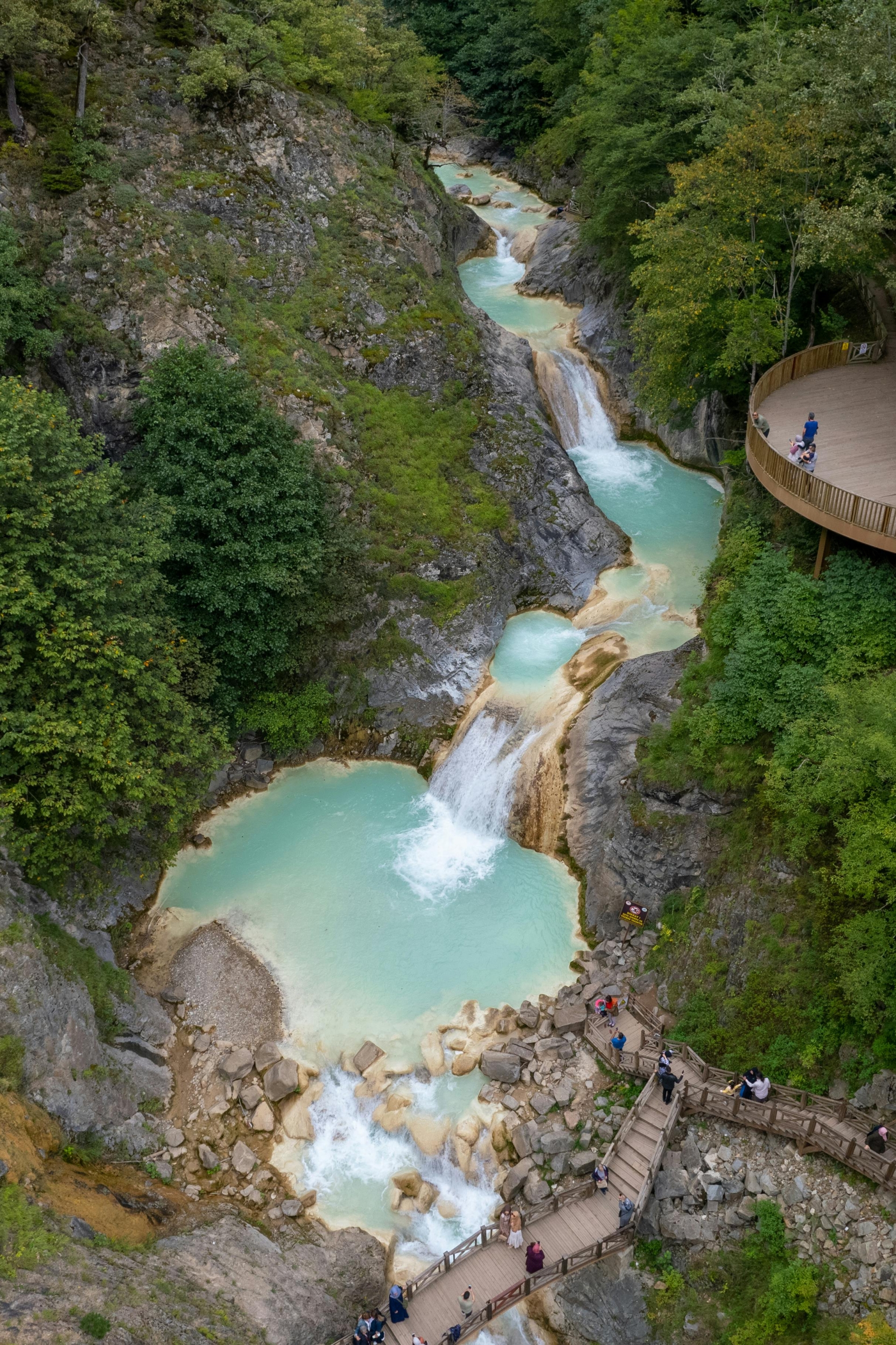Day Tours
Antalya: Where History Meets the Mediterranean
Ibradı & Ormana Villages and Altınbeşik Cave Tour
Antalya: Culinary Secrets of the Mediterranean
Antalya: A Day in the Heart of Pamphylia – Perge, Aspendos, Side & Waterfall Tour
Antalya: Ancient Tombs and Sacred Waters – A Full-Day Tour to Kekova & Myra
Ancient Arykanda & Boutique Wine Tasting – Savor the Taste of Time
A Timeless Day in Cappadocia – Crafted Just for You
In the Footsteps of Ephesus – A Cultural Journey from Antiquity to the Present
In the Heart of Istanbul – A Journey Through History, Faith, and Grandeur
Pamukkale & Hierapolis – Thermal Heritage and Ancient Wonders
Multi-Day Tours
Embark on a 6-Day Mesopotamian Gourmet & Cultural Odyssey
Istanbul: A 3-Day Journey Through History, Culture, and Culinary Delights
Timeless Turkey: A 3-Day Journey through Antalya, Pamukkale & Selçuk
4-Day Aegean Discovery: Wines, Waves & Ancient Wonders
Sea and Freedom: An 8-Day Blue Voyage Tailored Just for You
Menu
Day Tours
Antalya: Where History Meets the Mediterranean
Ibradı & Ormana Villages and Altınbeşik Cave Tour
Antalya: Culinary Secrets of the Mediterranean
Antalya: A Day in the Heart of Pamphylia – Perge, Aspendos, Side & Waterfall Tour
Antalya: Ancient Tombs and Sacred Waters – A Full-Day Tour to Kekova & Myra
Ancient Arykanda & Boutique Wine Tasting – Savor the Taste of Time
A Timeless Day in Cappadocia – Crafted Just for You
In the Footsteps of Ephesus – A Cultural Journey from Antiquity to the Present
In the Heart of Istanbul – A Journey Through History, Faith, and Grandeur
Pamukkale & Hierapolis – Thermal Heritage and Ancient Wonders
Multi-Day Tours
Embark on a 6-Day Mesopotamian Gourmet & Cultural Odyssey
Istanbul: A 3-Day Journey Through History, Culture, and Culinary Delights
Timeless Turkey: A 3-Day Journey through Antalya, Pamukkale & Selçuk
4-Day Aegean Discovery: Wines, Waves & Ancient Wonders
Sea and Freedom: An 8-Day Blue Voyage Tailored Just for You
Contact Information
Üçgen Mah. Abdi İpekçi Cad. No:13/101 Muratpaşa / Antalya

